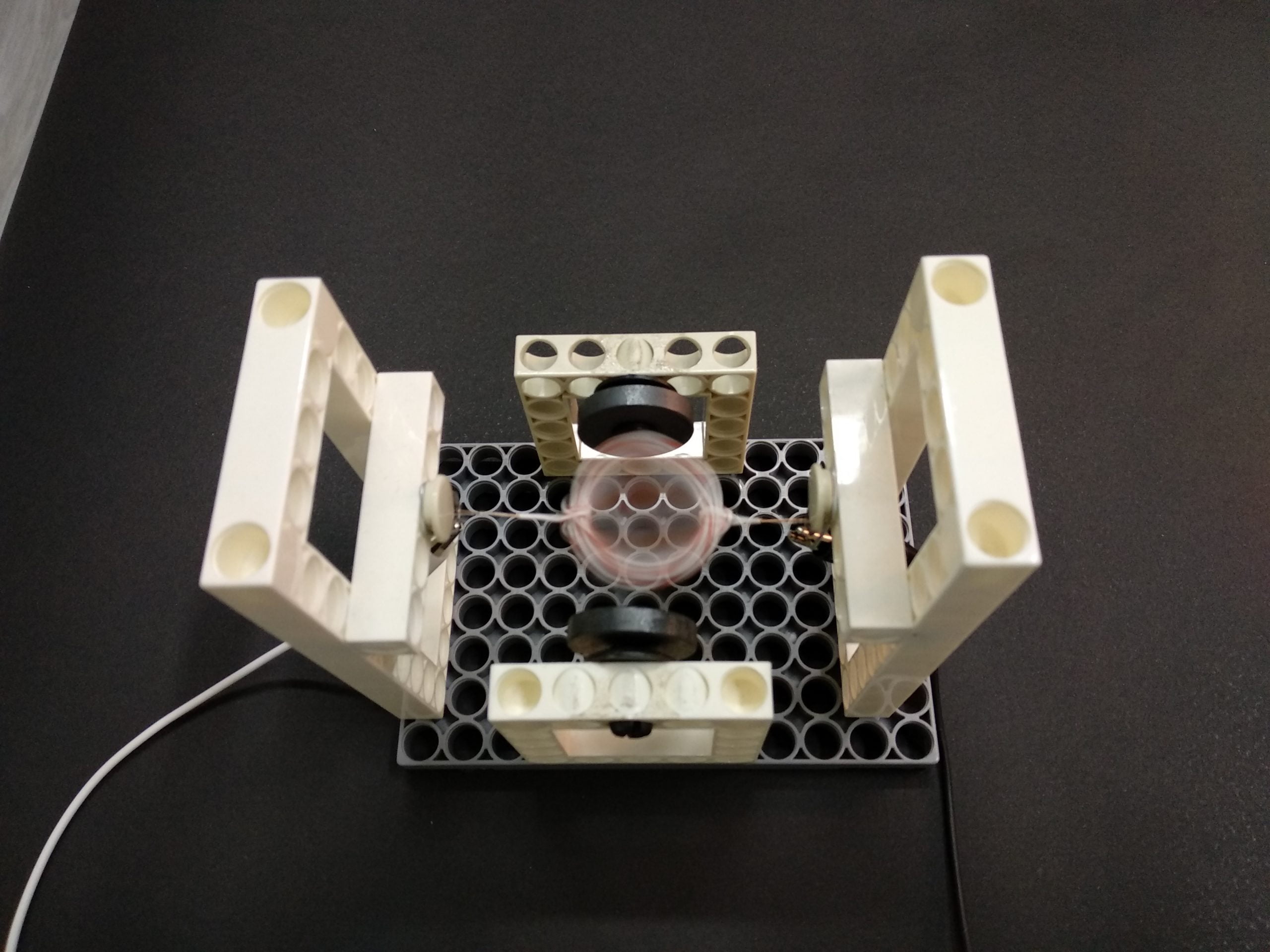Physics for 1st grade High School
Science

This course through its activities brings students in contact with the most basic concepts of physics, teaches how to measure fundamental physical quantities and the scientific methodology of experimental research.The course is suitable for creating the right foundations for all sciences and for learning the correct use of the most basic physical quantities in everyday life.
The course is an introductory journey in all the basic fields of physics introducing children in a methodical way to scientific thinking.
It starts with a description of the structure of matter. Using this knowledge, children will be able to make assumptions and interpret natural phenomena that they will encounter in the activities and experiments that they will participate in. During the course, children learn to correctly measure the fundamental quantities of science as well as the most basic of the derivative physical quantities. In this process they learn the essence of the concept of measuring physical quantities by creating and calibrating their own measuring instruments.
Basic concepts related to conducting experimental measurements are also taught such as: comparison, ratio, scale, calibration, mean value, change, rate of change, measurement chart, random and systematic error, scientific hypothesis, proof or reject, interpretation, and prediction.
Children gain a solid foundation for all the sciences.
Each activity is carried out in five methodological steps.
In the first methodological step, the observation of natural phenomena is proposed
In the second methodological step, hypotheses are discussed and formulated
In the third methodological step, the organization and realization of “evidence” experiments is required to check the cases.
In the fourth methodological step, the students, based on their observations during the experiment, evaluate, judge and formulate – themselves – conclusions, completing their cognitive background.
In the fifth and last methodological step, the application of the conclusions, the explanation of natural phenomena, the generalization of the conclusions to wider natural phenomena, technological practices and cutting-edge applications are sought.
Modules
The provide modules of the course are:
Material
Energy
Sizes
Space
Mass
Time
Power
Electricity
Waves
